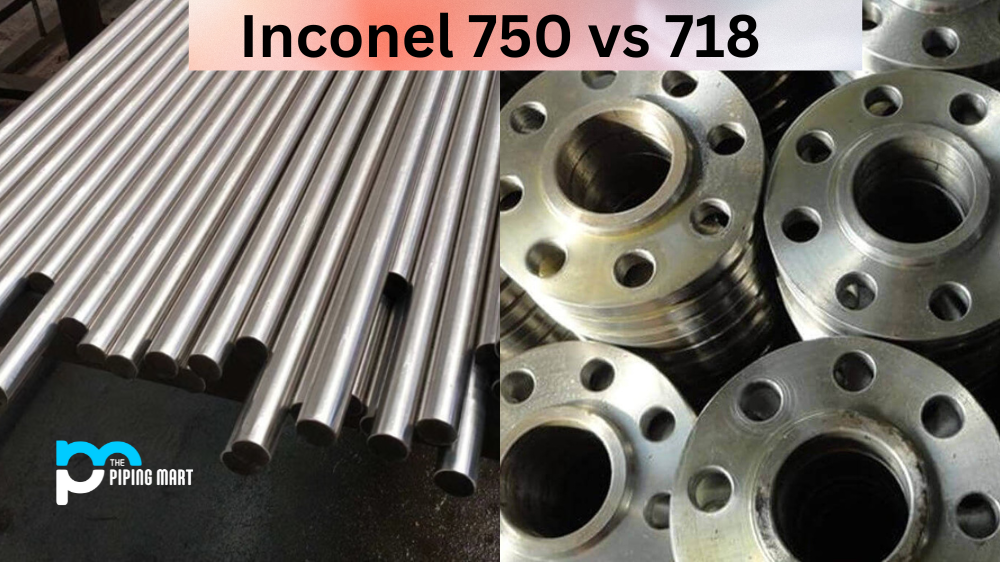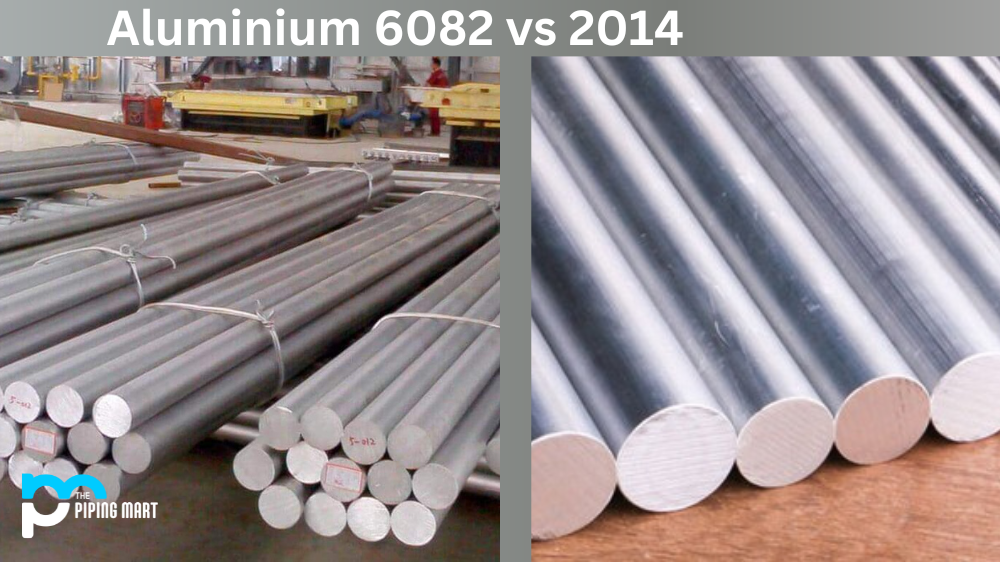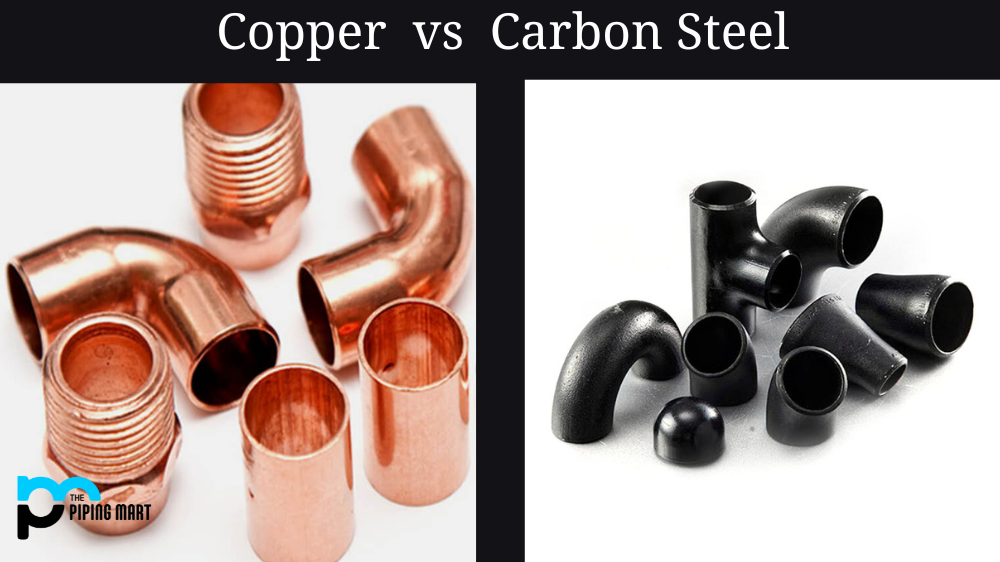Inconel alloys are known for their strength and resistance to extreme temperatures, corrosion, and stress cracking. Two of the most commonly used Inconel alloys are Inconel 750 and Inconel 718. While these alloys share similar properties, they have distinct differences that make them suitable for various applications. In this article, we’ll dive into the differences between Inconel 750 vs 718 and provide the information you need to select appropriately.
Difference Between Inconel 750 and 718
Composition
Inconel 750 and Inconel 718 are nickel-chromium-based alloys, but the amount of various elements varies. Inconel 750 contains less nickel and more chromium than Inconel 718. It is rich in carbon, iron, and tantalum and has excellent high-temperature oxidation resistance. In contrast, Inconel 718 contains more nickel than Inconel 750, making it more expensive. The alloy also contains a higher percentage of molybdenum, columbium, and cobalt, which helps it to resist corrosion and withstand high-pressure environments.
Applications
Both Inconel 750 and Inconel 718 are suitable for high-temperature applications but differ in their specific uses. Inconel 750 is commonly used in steam-generating equipment, aircraft engines, and gas turbines, while Inconel 718 is used in cryogenic storage tanks, nuclear fuel assemblies, and aircraft landing gear. Inconel 718 is designed to withstand high-pressure environments due to its increased molybdenum and columbium content, while Inconel 750 is best suited for high-temperature environments.
Weldability
Inconel 718 has superior weldability compared to Inconel 750. The latter is known to be difficult to weld due to its high carbon content. Welding Inconel 750 can cause grain growth and crack formation, weakening structures. On the other hand, Inconel 718 can be welded using various methods, such as gas tungsten arc welding, plasma arc welding, and electron beam welding. Welding Inconel 718 also results in a more stable structure, making it ideal for critical applications that require precision and stability.
Cost
Inconel 718 is more expensive than Inconel 750 due to its high nickel content. Inconel 718 is also more difficult to machine than Inconel 750, making it more time-consuming and expensive. However, the high cost of Inconel 718 is justified by its superior properties and is often used in critical applications that require high strength and resistance to extreme environments.
Properties
Inconel 750 has a lower melting point, which makes it more susceptible to deformation at high temperatures. In contrast, Inconel 718 has a higher melting point, making it more resistant to deformation at high temperatures. Additionally, Inconel 718 has higher strength and flexibility than Inconel 750, making it more robust and capable of resisting higher stress loads.
Conclusion
Inconel 750 and Inconel 718 are formidable materials that offer high-strength performance coupled with their ability to resist extreme temperatures and corrosive environments. Choosing between Inconel 750 and 718 can be difficult, but knowing their differences can make the selection process more straightforward. When selecting which Inconel alloy to use, consider its composition, properties, applications, weldability, and cost. Selecting the appropriate alloy for the application will ensure a reliable, long-lasting, and robust material to withstand extreme environments for years.

Abhishek is a seasoned blogger and industry expert, sharing his insights and knowledge on various topics. With his research, Abhishek offers valuable insights and tips for professionals and enthusiasts. Follow him for expert advice on the latest trends and developments in the metal industry.




